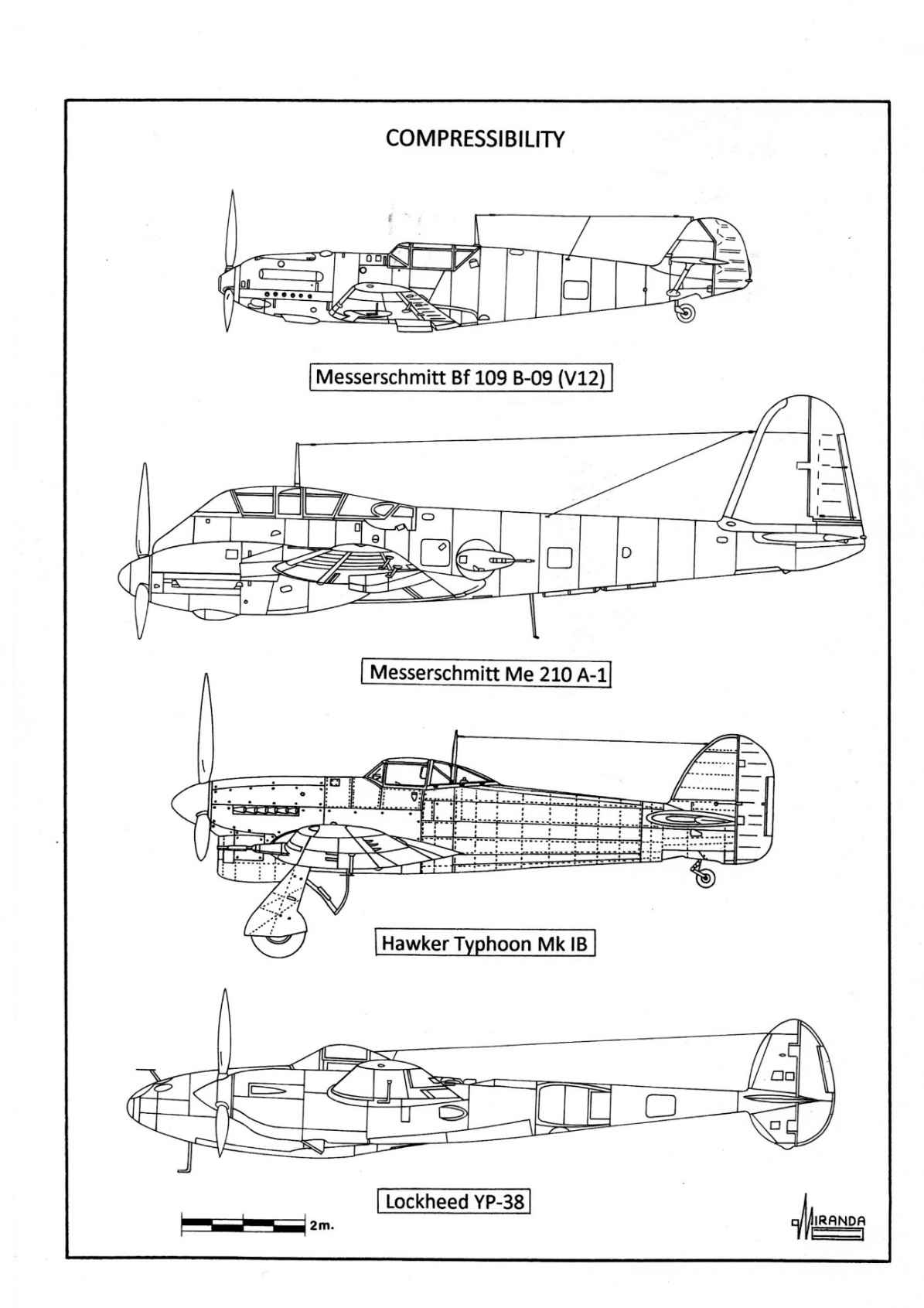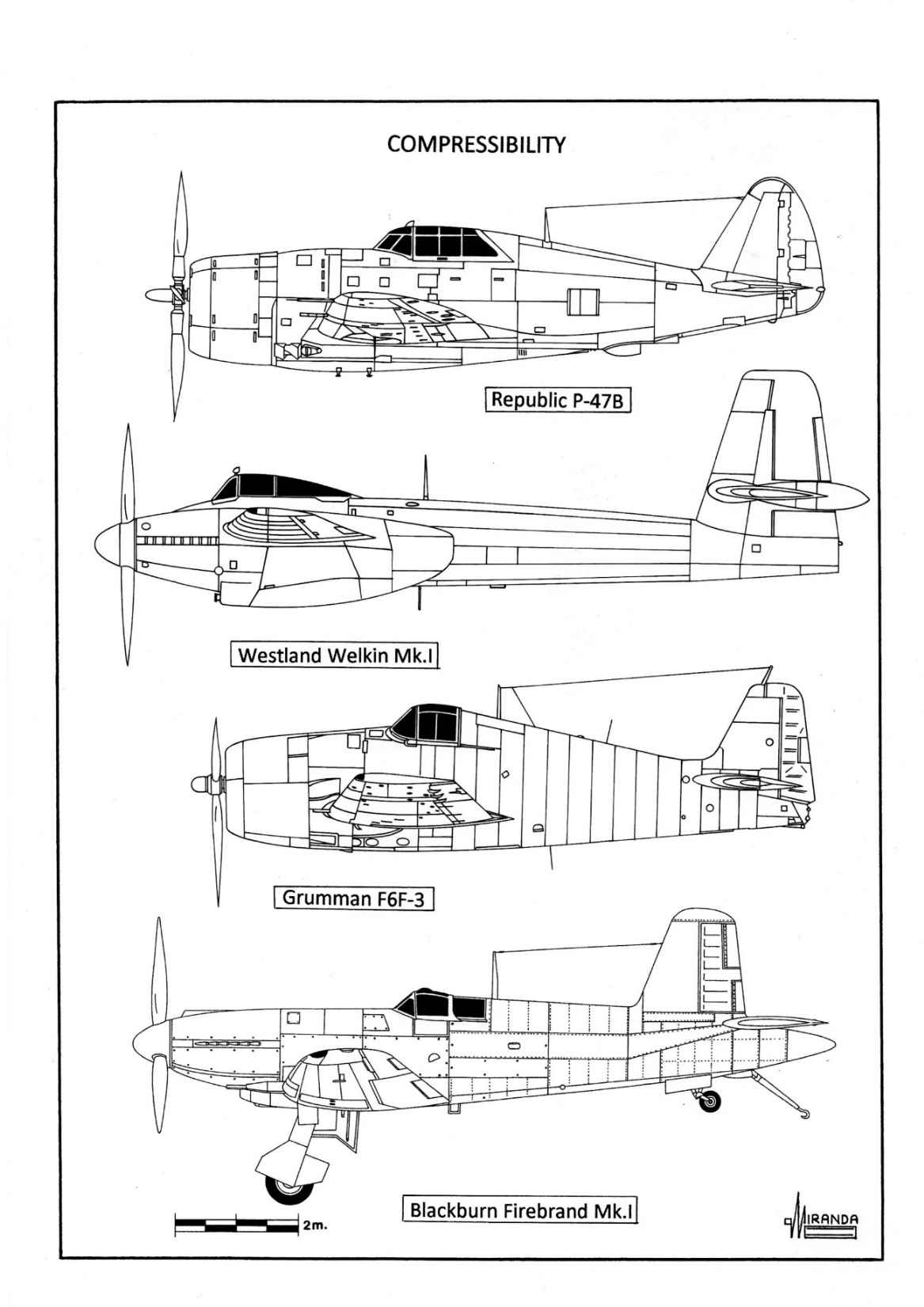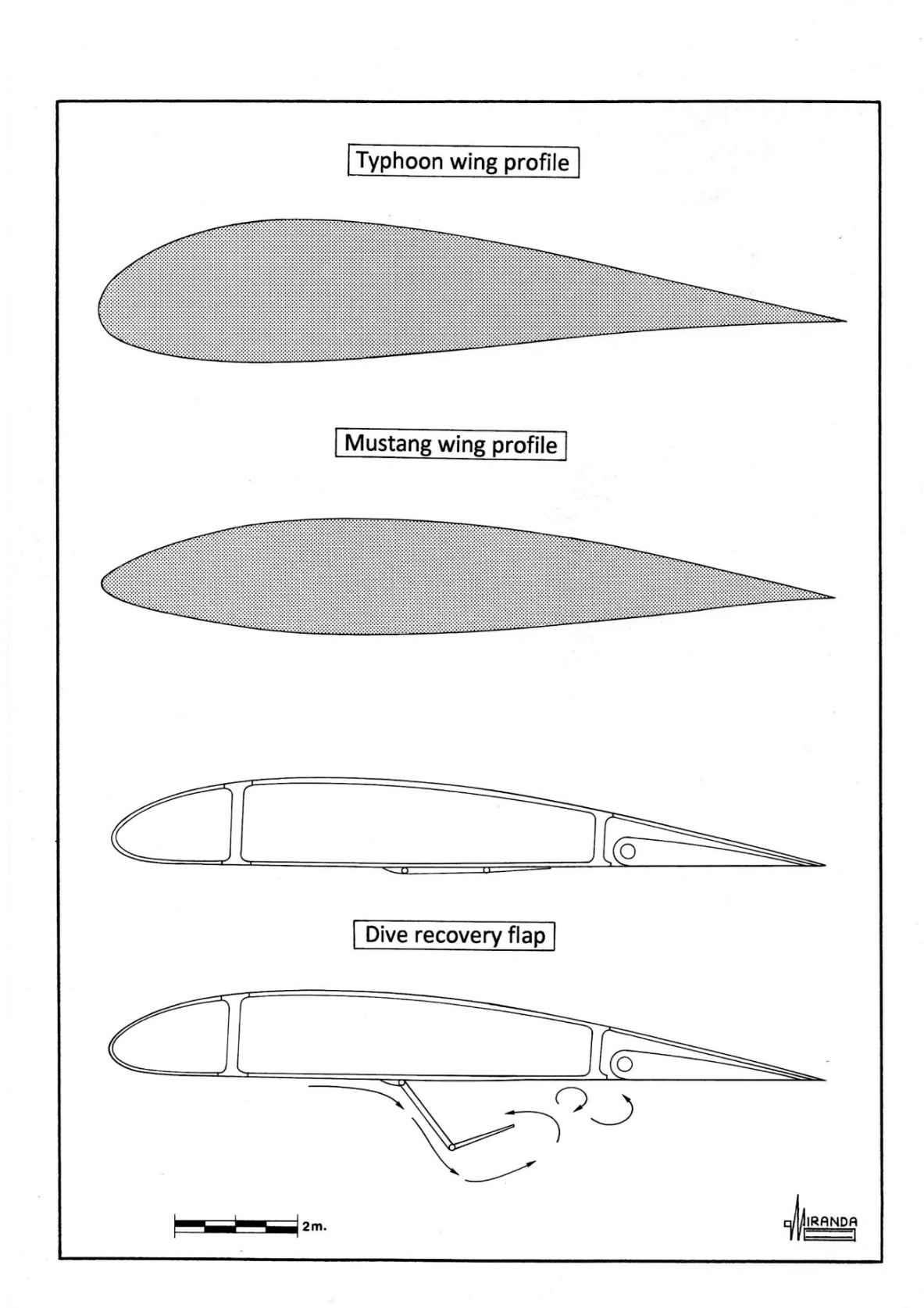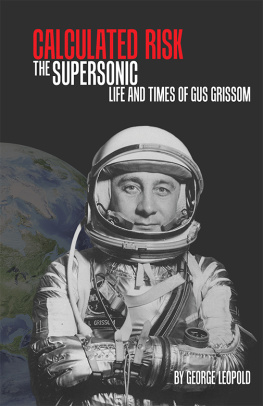Miranda - The Allied Supersonic Race: Volume Two (War Secrets Book 2)
Here you can read online Miranda - The Allied Supersonic Race: Volume Two (War Secrets Book 2) full text of the book (entire story) in english for free. Download pdf and epub, get meaning, cover and reviews about this ebook. year: 2021, genre: Non-fiction. Description of the work, (preface) as well as reviews are available. Best literature library LitArk.com created for fans of good reading and offers a wide selection of genres:
Romance novel
Science fiction
Adventure
Detective
Science
History
Home and family
Prose
Art
Politics
Computer
Non-fiction
Religion
Business
Children
Humor
Choose a favorite category and find really read worthwhile books. Enjoy immersion in the world of imagination, feel the emotions of the characters or learn something new for yourself, make an fascinating discovery.

- Book:The Allied Supersonic Race: Volume Two (War Secrets Book 2)
- Author:
- Genre:
- Year:2021
- Rating:4 / 5
- Favourites:Add to favourites
- Your mark:
- 80
- 1
- 2
- 3
- 4
- 5
The Allied Supersonic Race: Volume Two (War Secrets Book 2): summary, description and annotation
We offer to read an annotation, description, summary or preface (depends on what the author of the book "The Allied Supersonic Race: Volume Two (War Secrets Book 2)" wrote himself). If you haven't found the necessary information about the book — write in the comments, we will try to find it.
The Allied Supersonic Race: Volume Two (War Secrets Book 2) — read online for free the complete book (whole text) full work
Below is the text of the book, divided by pages. System saving the place of the last page read, allows you to conveniently read the book "The Allied Supersonic Race: Volume Two (War Secrets Book 2)" online for free, without having to search again every time where you left off. Put a bookmark, and you can go to the page where you finished reading at any time.
Font size:
Interval:
Bookmark:
The Allied Supersonic Race
War Secrets - Volume Two
Speed of sound in dry air at 20C = 767.43 mph. (1,234.8 km/h)
Compressibility
Meteoroids enter the Earths atmosphere at speeds ranging from 25,000 to 160,000 mph were the only known supersonic objects until the appearance of Springfield Model 1840 musket with 828 mph Muzzle Velocity.
The aviation technology advanced slowly during the years 1920 and 1930, limited to improve the designs of the First World War
Monoplanes were still considered unsafe and failed to prevail because of the poor quality of the aerodromes of the period that were unprepared for high-speed landings, usually without flaps.
The biplane fighter, with liquid-cooled in-line engine, and the multiplace bomber, with air-cooled radial engines, were the designs preferred by the main powers.
This situation changed in 1936, the Spanish Civil War was used by the Germans to perfect their new monoplane fighters with retractable undercarriage, enclosed cockpit, 20 mm cannons, radio and oxygen equipment.
The service evaluation of three prototypes tested in Spain showed that the Messerschmitt Bf 109 had better ceiling, speed and dive performance than the Polikarpov I-16. The best tactic against the Soviet fighter was to attack it from above in uncatchable dives. But when performing this manoeuver the Bf 109 was prone to aileron flutter and tail buffeting, in the dive an enormous force was needed to pull it out at speeds above 250 mph (402 km/h).
On July 17, 1937 during a series of high-speed dives conducted in the Rechlin test centre, the Messerschmitt Bf 109 B-09 (V12) pulled into the lake Mritz reaching terminal velocity at 20,000 ft. The Messerschmitt test pilot Dr. Kurt Jodlbauer could not pull more than about two Gs at 400 mph (644 km/h) and was killed, becoming in the first victim of the compressibility.
And then the man discovered the existence of the demon that lived in the air.
The success achieved with the hit and run tactics used by the Bf 109 E during the Battle of Britain led to the demand for maximum possible dive speed in future versions of the German fighter.
The new Bf 109 G-2 proved superior in dive to the Spitfire Mk.V, but twenty airplanes had suffered accidents following dives from high altitude between April and May 1942. At the Augsburg factory the flight testing department fixed in 850 km/h the dive speed limit for the G-2 version before the appearance of the first compressibility shockwaves.

The morning of September 6, 1942 the British radar positioned along the Eastern coast of the island, detected several airplanes coming from Southeast.
They were six Messerschmitt Me 210 A-1 Zerstrer of the 16./KG6 that had taken off an hour before in a frei jagd mission from the Dutch base of Soesterburg. The Me 210 was the most modern of the Luftwaffe fighters. Their crews, coming from units of Bf 110, had just one month experience with the new model and were in their first operational sortie.
Several Hawker Typhoon IB fighters of the RAF no.1 Squadron (code JX) went out to intercept them. The unit, based in Acklington, had exchanged their Hurricanes by the Typhoons in July and this was also their first combat with the new Hawker model. The Zerstrers was very fast (350 mph at 17,820 ft.) and the Typhoons flew at 412 mph at the same altitude.
It was a difficult interception with the British starting a steep dive at 30,000 ft. to gain speed. In the rarefied air the 7 tons machines accelerated violently and when reaching 25,000 ft. with the instruments reading 450 mph. the aircrafts were actually flying at 675 mph (Mach 0.64) because transonic aerodynamics were not well understood and measurement instrumentation was unreliable at the time. At this point, the Typhoons were suddenly out of control. The ailerons did not respond properly, the horizontal tail plane suffered a violent flutter and the control column jumped in the pilot hands as if alive.
The whole structure was under a high frequency vibration, transferring to the pilot a feeling similar to an electric current, and the air that circulated through the radiator went in the opposite direction than usual!
At Mach 0.75, a shock wave was formed above the wings and the air around the cockpit went white. At 20,000 ft. the denser air started to restrain the airplanes, but when reaching 18,000 ft. in a most puzzling way, the controls were again working fine.
Even after such a terrifying experience, the British pilots still had the courage to reach two of the Messerschmitt (2H + HA and 2N + CA) and shot them down over Yorkshire.
Back in Acklington, they reported the deficiencies and the Typhoon pilot notes had to be rewritten.
After suffering 28 deathly accidents, the aircraft had to be used as low altitude bomber, abandoning the primary task for which it has actually been designed. Its German opponent was not more fortunate and was also taken off service within that same year.
The twin-engine fighters like the Me 210 and Me 262, designed before 1942, were not suitable for high altitude combat. The reasons were their great mass and the turbulence generated between the lower face of the wing and the engine nacelles.
Same fate suffered the British high-altitude interceptor Westland Welkin in November and the naval fighter Blackburn Firebrand that had to be converted into a torpedo-strike fighter airplane, in March 1943, due to its control problems at high altitude.
On the other hand, the American fighters Lockheed P-38 Lightning , Republic P-47 Thunderbolt and Grumman F6F Hellcat started to suffer strange accidents always when diving from high altitude.


The odd aerodynamic phenomenon, usually defined under the term compressibility buffeting was suffered by different type of aircraft diving between 25,000 ft. and 18,000 ft. at different speeds and manifested itself in different ways that sometimes caused catastrophic structural failures.
The cause of all this was the physical phenomenon known by aerodynamicists as Coanda effect . It stated that any fluid running above a curve surface tends to adhere to it and increase its speed proportionally to its curvature.
The wing of the Typhoon was very thick (18 per cent thickness/chord ratio) and in the superior curvature the air flux made itself locally supersonic at Mach 0.64, producing a shockwave and, therefore, huge structural charges in the tail and in the rear section of the fuselage.
The Welkin was designed with an even thicker wing than the Typhoon (19.15 per cent) and suffered such vibrations during the flight test at Mach 0.65 that it was forgiven to take this machine up to its design height, when in combat. Its operational career was a symbolic one, never been attached to a squadron.
The problem with the Lightning manifested itself at Mach 0.675 as a shockwave formed around the wing centre section, at Mach 0.73, the turbulence reached the tail plane, pressing down the control surface that could not be operated by the pilot to get the airplane out from the diving.
On 4 November 1941 the Lockheed test pilot Ralph Virden was killed when his YP-38 broke up during a dive recovery test. A number of P-38s lost empennages and the aircraft earned a reputation as a pilot killer.
In the Thunderbolt , the disturbance was generated by the cowling of the engine and tended to jam the tail plane at Mach 0.805, with loss of control or even loss of the tail assembly . On March 26, 1942 the elevator flutter transonic phenomena caused the empennage separation of a P-47B and the test pilot George W. Burrell was killed.
Next pageFont size:
Interval:
Bookmark:
Similar books «The Allied Supersonic Race: Volume Two (War Secrets Book 2)»
Look at similar books to The Allied Supersonic Race: Volume Two (War Secrets Book 2). We have selected literature similar in name and meaning in the hope of providing readers with more options to find new, interesting, not yet read works.
Discussion, reviews of the book The Allied Supersonic Race: Volume Two (War Secrets Book 2) and just readers' own opinions. Leave your comments, write what you think about the work, its meaning or the main characters. Specify what exactly you liked and what you didn't like, and why you think so.








